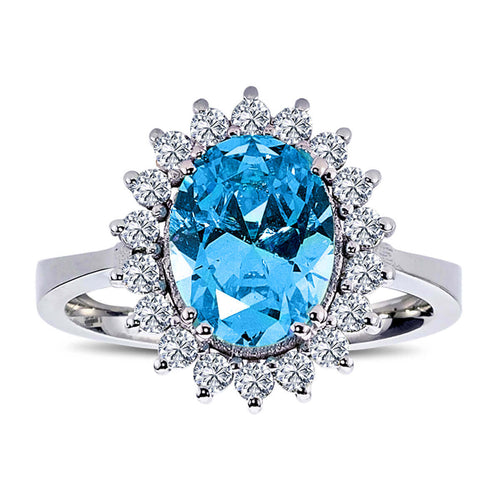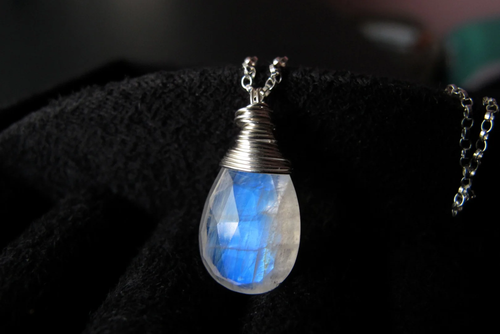TÜM ÜRÜNLER IGSL ULUSLARARASI SERTİFİKALI
Natural stones are valuable minerals that have attracted people's attention for thousands of years and have been used for various purposes. Due to their aesthetic and functional properties, they have played an important role from ancient times to the present day. Here is detailed information about the history of natural stones:
Ancient Times
Mesopotamia and Ancient Egypt:
- Usage: Natural stones were widely used in making jewelry, sculptures and decorative objects in Mesopotamia and Ancient Egypt.
- Featured Stones: Lapis lazuli, turquoise, and carnelian were popular during this period. Lapis lazuli was used in Mesopotamia to make god statues and jewelry, while turquoise and carnelian held an important place in ancient Egypt, especially in pharaoh tombs and religious rituals.
- Sources: History of Gemstones , Ancient Egyptian Jewelry
Ancient Greece and Rome:
- Use: In ancient Greece and Rome, natural stones were important in making jewelry, signet rings and statues.
- Featured Stones: Amethyst, jade, and hematite were popular stones during this period. Amethyst was considered a protective stone against drunkenness in the Roman Empire, while jade and hematite were used more in seals and decorative objects.
- Sources: Gemstone History , Ancient Roman Jewelry
The Middle Ages and the Renaissance
Middle Ages:
- Usage: In the Middle Ages, natural stones were used in jewelry as well as religious objects and royal crowns.
- Featured Stones: Emerald, sapphire and ruby were the gemstones preferred by European royal families during this period. These stones were used because they were believed to have both aesthetic and protective properties.
- Sources: The Medieval Jewelry of Europe
Renaissance:
- Usage: During the Renaissance, natural stones became an important part of artistic expression, especially used in paintings, sculptures and jewelry.
- Featured Stones: Stones such as diamond, sapphire, and garnet have been widely used in artwork and jewelry.
- Sources: Renaissance Jewelry
Modern Era
The Industrial Revolution and the 20th Century:
- Usage: With the Industrial Revolution, the extraction and processing of natural stones accelerated with technological developments. During this period, stones reached a wider audience and began to play a major role in the fashion industry.
- Featured Stones: Precious stones such as diamonds, emeralds and sapphires have become symbols of luxury consumer goods.
- Sources: History of Diamonds
Nowadays:
- Usage: Today, natural stones are used in alternative medicine and meditation practices as well as for aesthetic and decorative purposes. In the jewelry industry, the demand for unique and special stones that reflect personal style is increasing.
- Featured Stones: Semi-precious stones such as amethyst, quartz, and tourmaline continue to be popular for both their aesthetic and alternative uses.
- Sources: Modern Uses of Gemstones
Conclusion
Natural stones have been used for aesthetic, religious, cultural and functional purposes throughout history. From ancient times to the present day, natural stones have been valuable and meaningful objects for societies. In the modern era, the areas of use and popularity of natural stones have expanded with the influence of technology and fashion.




























